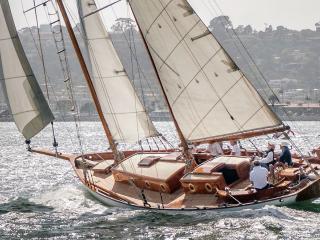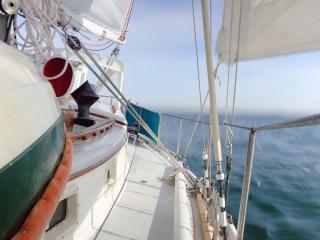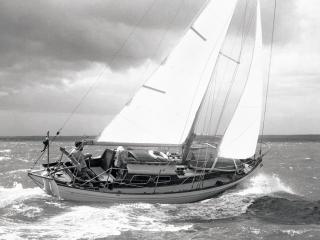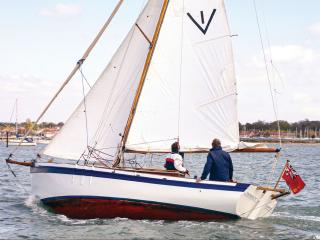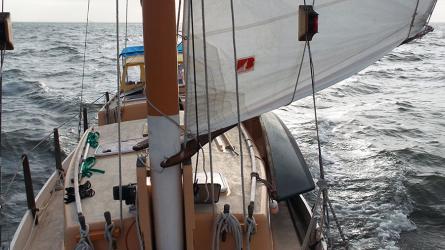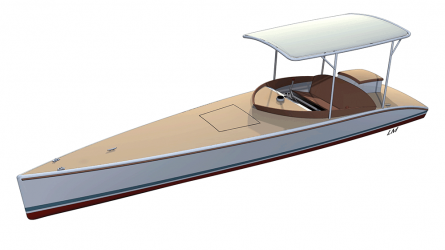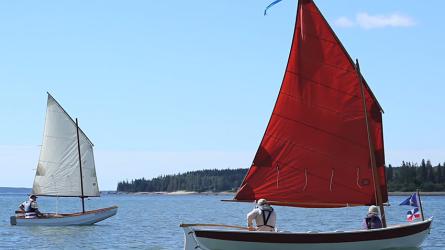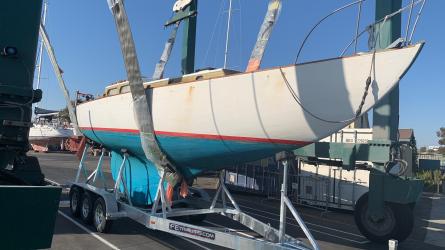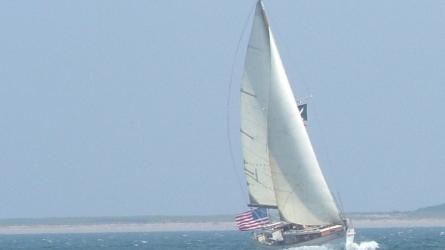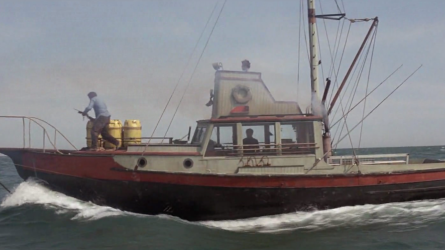July / August 2020
Working Watercraft of Madagascar
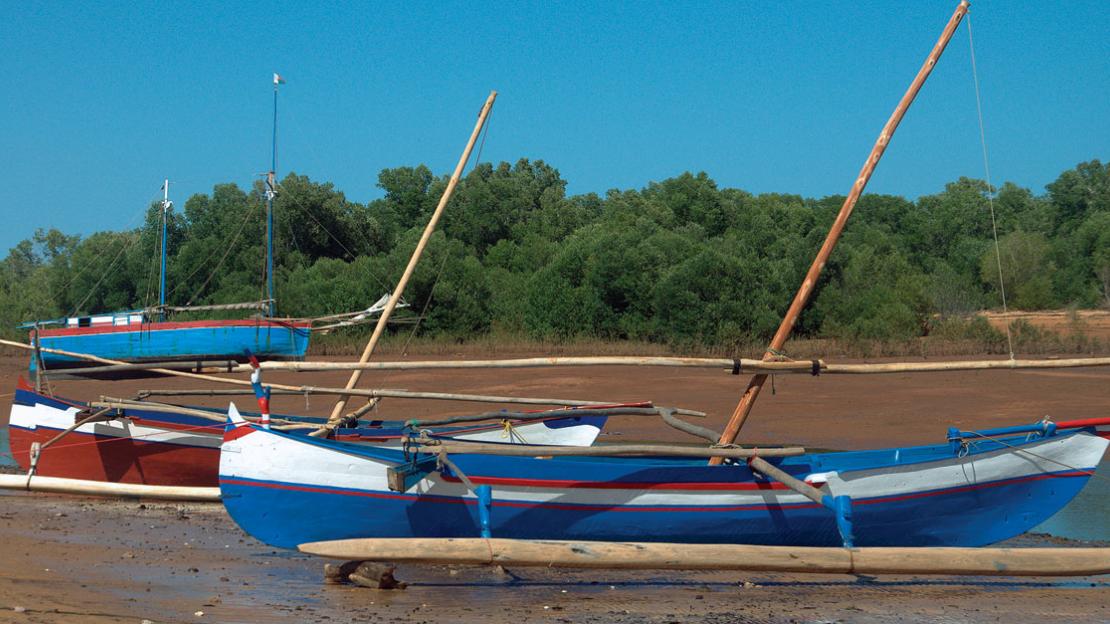
This is a typical beach scene in Madagascar, with a pair of brightly painted outrigger sailing canoes pulled up on the beach and a Breton-style gaff-rigged schooner careened in the background. Madagascar is a melting pot of traditional wooden working craft that still have an essential role in everyday life.
The island of Madagascar, the fourth-largest in the world, is renowned for its wildlife, minerals, and exotic plants. Lesser known, however, is the fact that Madagascar also still has a rare and extensive fleet of traditional working sailing craft (see WB No. 228). The sight of a forest of wooden masts dominating the shoreline is an unexpected delight when arriving in almost any village, town, or port along the island’s west coast.
The origins of these boats are astonishingly diverse. Madagascar’s first settlers were not from nearby Africa but, rather, from the far-off Malaysia-Borneo archipelago, some 4,000 miles away. Anthropologists believe they arrived by sea around 600 A.D., bringing with them the Austro-Asian outrigger sailing canoe—a type that still flourishes in Madagascar. While it is generally assumed that the early settlers arrived by outrigger canoe, simply because of the large number of these craft now in Madagascar, there is little information about the boats of Madagascar in early colonial or precolonial times. It is, therefore, also possible that the first settlers voyaged in the large sailing vessels—jongs—in use in southeast Asia at the time. No matter how the early settlers arrived, it is clear that these sailor-pioneers brought with them the knowledge of how to build and sail outrigger canoes.
At the same time Madagascar was being settled, the Maritime Silk Road, a trade route spanning the entire Indian Ocean and beyond, was developing and expanding. By the 10th century, Arab sailors were trading along the entire eastern African coast. Madagascar became part of this extensive trade network, and Arab traders left their influence. Madagascar’s “dhows,” if not direct descendants of those from the Arabian peninsula, show clear evidence of Arabian influence, particularly in their lateen rigs.
To read the rest of this article:
Click the button below to log into your Digital Issue Access account.
No digital access? Subscribe or upgrade to a WoodenBoat Digital Subscription and finish reading this article as well as every article we have published for the past 50-years.
ACCESS TO EXPERIENCE
Subscribe Today
1 YEAR SUBSCRIPTION (6 ISSUES)
PLUS ACCESS TO MORE THAN 300 DIGITAL BACK ISSUES
DIGITAL $29.00
PRINT+DIGITAL $42.95
Subscribe
To read articles from previous issues, you can purchase the issue at The WoodenBoat Store link below.
 Purchase this issue from
Purchase this issue from
